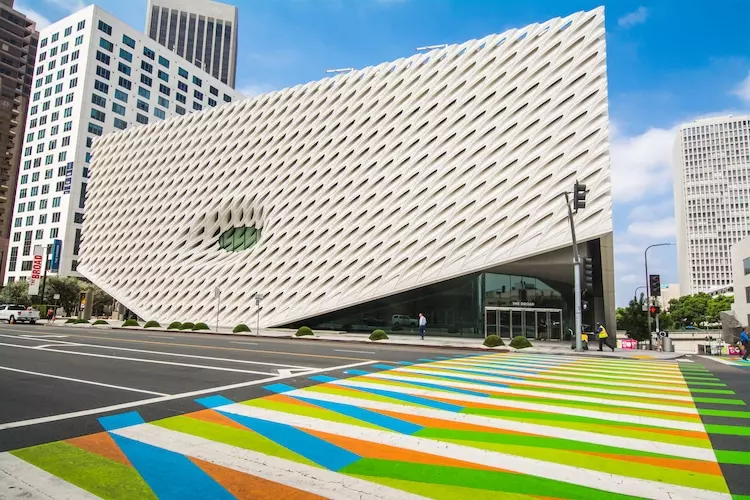Task 1
Imagine that you are preparing a project with your friend. You have found some interesting material for the presentation and you want to read this text to your friend. You have 1.5 minutes to read the text silently, then be ready to read it out aloud. You will not have more than 1.5 minutes to read it.
Travel has come a long way since the age of Silk Road caravans, challenging sea voyages and steam trains – and will continue to change and evolve in years to come. Sooner rather than later, we could be rocketing into Earth’s orbit to admire the world from the edge of space. Space tourism is no longer just a fantastical dream.
Technology is changing the way we travel. It’s making our trips more personal, easy, and good for the environment. We can now pay for things without touching them, use our faces or fingerprints to prove who we are, and take virtual tours using cool gadgets. This new tech will improve our trips by giving us exactly what we want. We expect future travel experiences to be smooth, connected, and fun. The face of travel as we know it will change dramatically over the next 20 years.
Task 2
Study the advertisement.
The Broad



You are considering visiting The Broad Contemporary Art Museum in Los Angeles and now you’d like to get more information. In 1.5 minutes you are to ask four direct questions to find out about the following:
- general admission
- museum hours
- photography and video for personal use
- distance from the closest metro station
You have 20 seconds to ask each question.
Task 3
You are going to give an interview. You have to answer five questions. Give full answers to the questions (2–3 sentences). Remember that you have 40 seconds to answer each question.
Tapescript for Task 3
Interviewer: Hello everybody! It’s Teenagers Round the World Channel. Our guest today is a teenager from Russia and we are going to discuss global problems. We’d like to know our guest’s point of view on this issue. Please answer five questions. So, let’s get started.
Interviewer: What are the global problems that young people should know about and try to solve?
Student: _________________________
Interviewer: As a young person, are you concerned about global environmental problems? If so, which ones worry you the most?
Student: _________________________
Interviewer: In your opinion, how can young people encourage eco-friendly behaviour globally?
Student: _________________________
Interviewer: What do you think your generation can do to make a positive impact on the world’s problems that matter to you?
Student: _________________________
Interviewer: What, in your opinion, is the biggest problem the next generation will face globally, and what actions can we take today to reduce its impact in the future?
Student: _________________________
Interviewer: Thank you very much for your interview.
Task 4
Imagine that you and your friend are doing a school project “English learning choices”. You have found some photos to illustrate it but for technical reasons you cannot send them now. Leave a voice message to your friend explaining your choice of the photos and sharing some ideas about the project. In 2.5 minutes be ready to:
- explain the choice of the illustrations for the project by briefly describing them and noting the differences;
- mention the advantages (1–2) of the two ways of learning English;
- mention the disadvantages (1–2) of the two ways of learning English;
- express your opinion on the subject of the project – which way of learning English presented in the pictures you’d prefer and why.
You will speak for not more than 3 minutes (12–15 sentences). You have to talk continuously.

